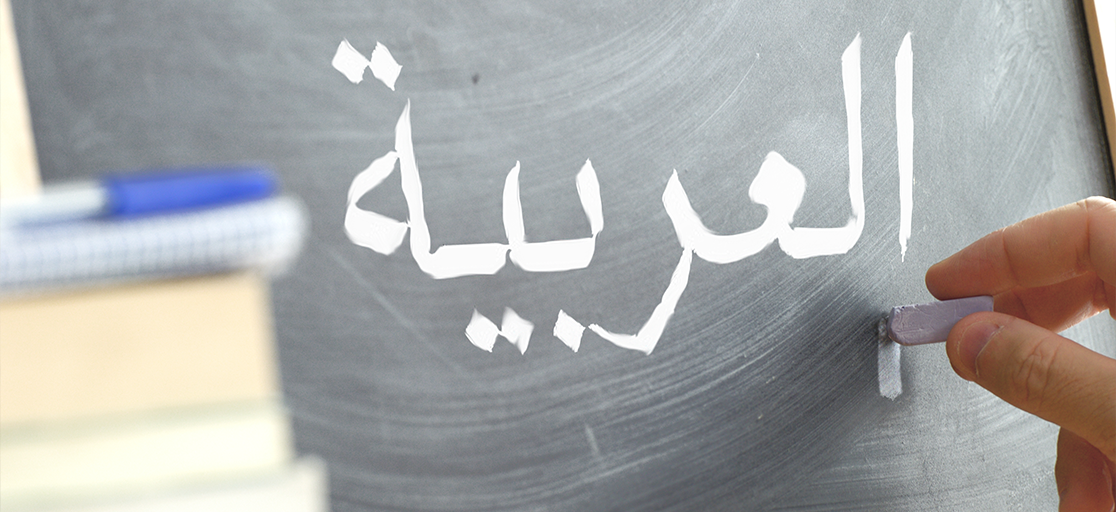Learning a new language can be intimidating. But learning Arabic, in particular, has its own unique set of challenges that may cause some learners to feel overwhelmed. If you’re considering taking on the task of learning Arabic, it’s important to understand why the language is so difficult and what resources are available to help you succeed.
Arabic Script
Arabic is written using a script called the Arabic alphabet, which consists of 28 letters that have no connection with English sounds or spelling rules. In addition, many of the letters contain dots and dashes that change their pronunciation depending on where they appear in a word. This makes it difficult for learners to recognize words simply by looking at them, as well as pronounce them correctly.
Pronunciation Challenges
Another challenge is that there are several dialects of spoken Arabic. Standard Modern Arabic (MSA) is used in formal situations such as news broadcasts and educational materials, but most people speak one or more local dialects such as Egyptian or Levantine. Furthermore, certain dialects may have different words for certain concepts or objects based on their culture and environment. For example, an Egyptian might refer to a camel as “gamal” while someone from Saudi Arabia would refer to it as “jamal.” Even within the same dialect, phrases may vary slightly depending on context and region.
Cultural Differences
In addition to language differences between regions, there are also cultural variations that can make learning Arabic intimidating for some learners. For example, in some Arab countries women cannot interact with men without permission from their families; this means that women may need to find female native speakers if they want to practice speaking the language with someone who understands its nuances and cultural sensitivities. Similarly, many aspects of daily life in Arab countries revolve around religious customs; understanding these customs can be challenging for those unfamiliar with Islam or Middle Eastern traditions.








